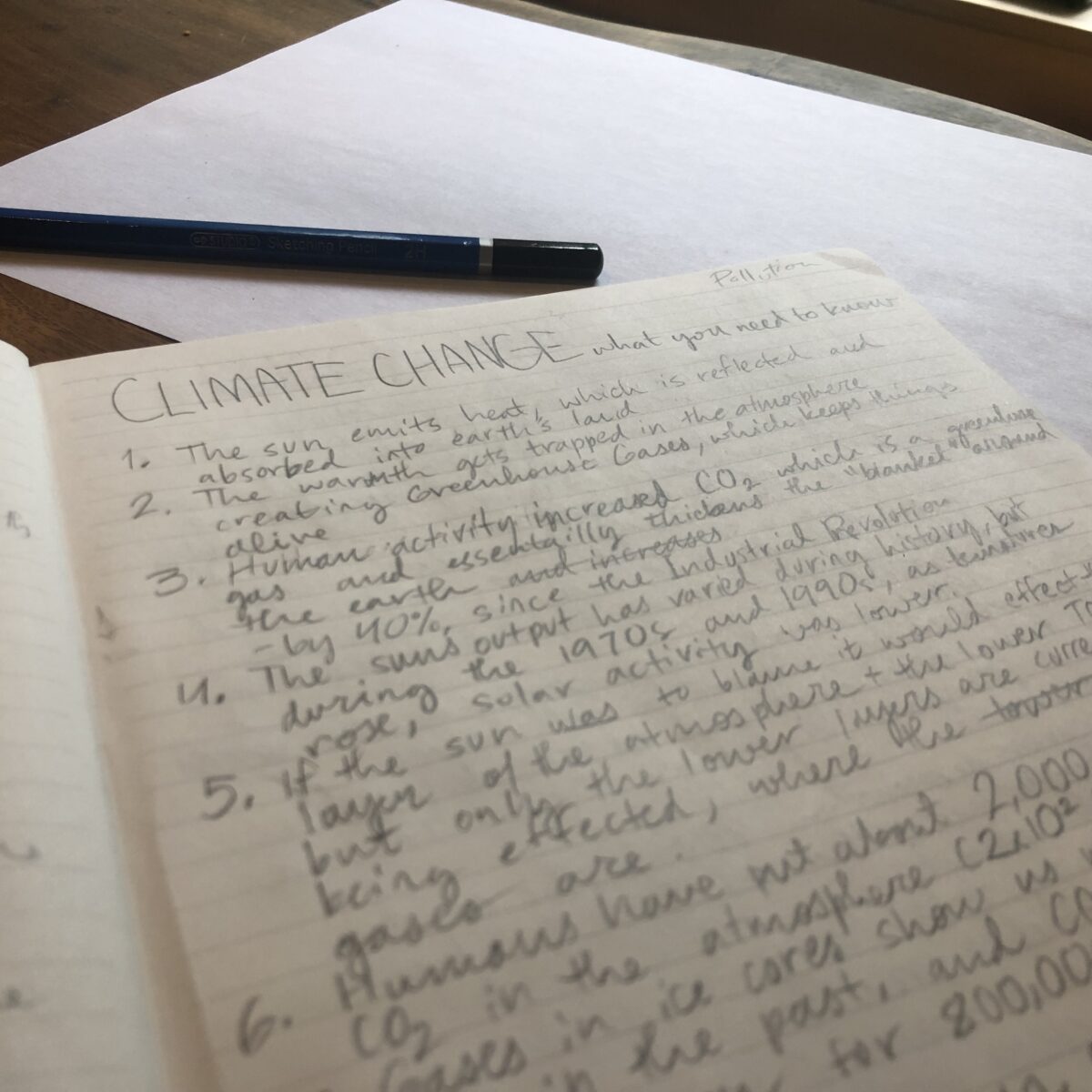Ready to start your journey of environmental education? Begin with this great video! Climate Science: […]
Food Waste: Healthy Ways to Help Our Planet
Food Waste: A Pressing Concern by Tigress When you think about conserving energy you usually […]
Evidence in The Ice
Have you ever found yourself wondering: “Maybe we didn’t cause Global Warming? Maybe it was […]
